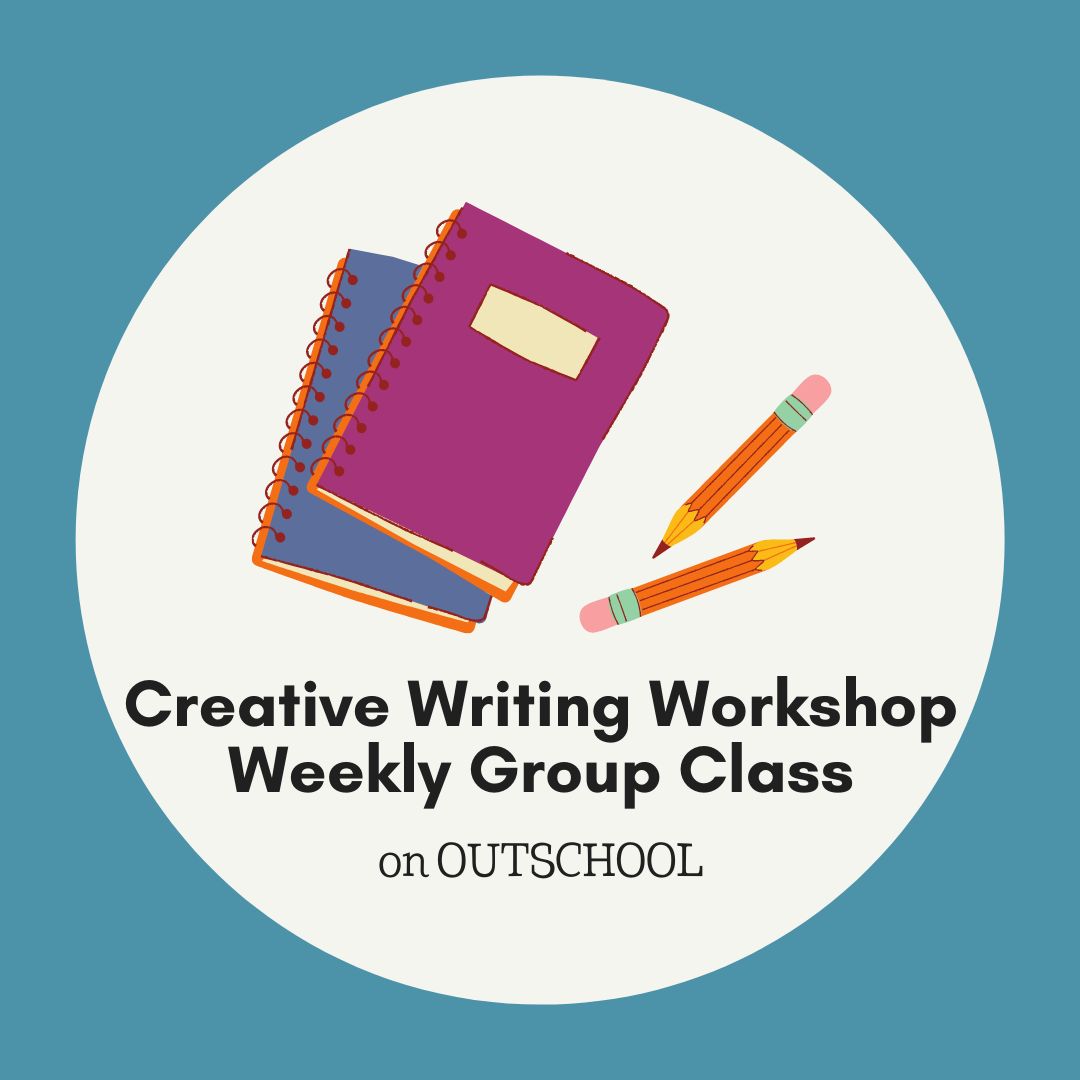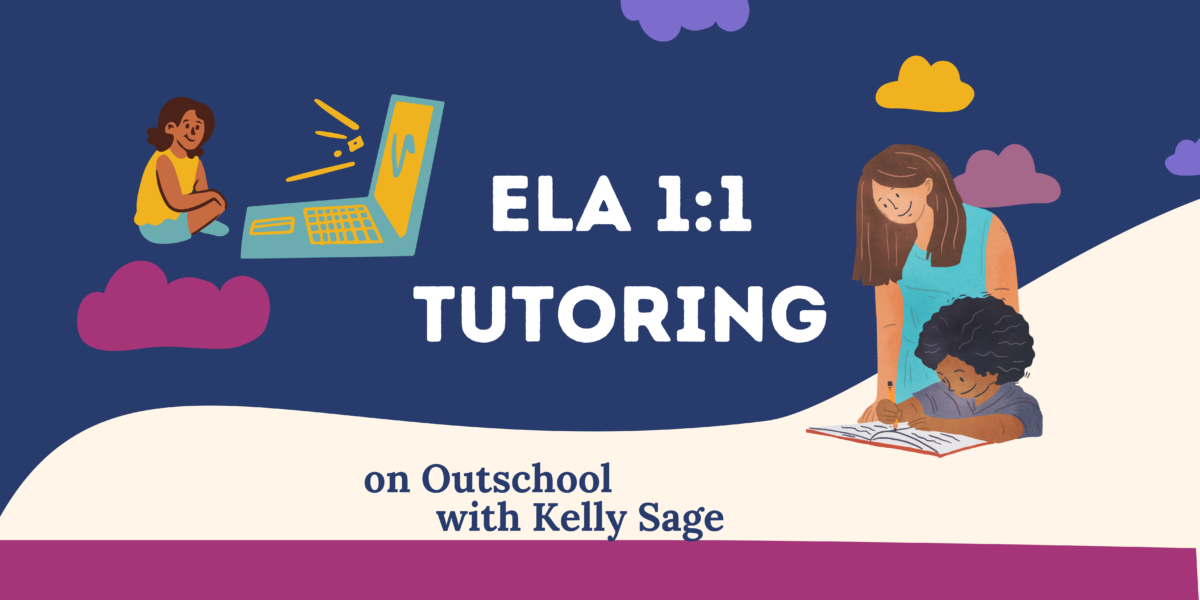Are you a listmaker? My daughter and I love lists. Like really love them. I don’t know about her, but for me, the act of making a list grounds me. All the items, bulleted or numbered, and organized in rows gives me direction. I don’t have to remember it all.
My seven year old recently posted a list on our back door. Famous for forgetting her shoes, coat, the journal she likes to have nearby, she carefully wrote all the things she might need when we leave the house. I like to imagine how helpful this list will be when classes start back up and we are inevitably running late.
Lists are pretty great. They encourage writing, reading, and organization. In my opinion, list making is one of the most important life skills. I’ve known high school and college kids who don’t write things down, and who constantly feel panic because they’ve forgotten something important again and again. I’ve known adults too. Always feeling scattered is a horrible feeling.
List making is a skill I want my children to get into the habit of using now when they only have to remember shoes, because one day there will be so much more on their list. Not everyone sees a list and feels giddy though, so just like anything I want to make sure they learn and practice, we do so by playing.
Here are a few of our favorite ways to play with lists.
Play with List Making
1. Acrostic Poems– choose a word and write words or phrases that begin with each letter. My son recently (with no prompting) used this form on a birthday card to a friend. We put them in father’s day cards too. These poems can turn out pretty hysterical and sweet. I chuckle every time I think of my father (Pop) as pleasant. (You are, Dad :))
2. The Category Game (probably not the official name)- Taking turns, list off all the items each person can think of in one category. This is a fun game even for bigger kids and can get really silly. At breakfast today our category was, Things you put on your head. We listed: Earmuffs, a cowboy hat, wig, sunglasses, shower cap, the cat when we are sleeping…
3. The ABC Game (pretty sure this is the official name)- A classic list game, spoken out loud or written down- try to be the first person to name things or read words you see alphabetically. I’m sure we’ve all played this (willingly or not) on long car rides.
4. Rhyming Game- List off words with the same ending sounds- “at” or “ug” or “ee”. Take turns until you run out of words that rhyme and then begin a new sound. This, like the Category and ABC game, is a great for waiting or in the car.
5. Scattergories– a fun writing game that challenges players to think of a word in certain categories that starts with the same letter.
6. Grocery Store Scavenger Hunt- Make a list of items your child might find in the grocery store. When my children were little, I drew pictures. Choose colors, objects, things they love, and let the hunt begin. For beginning readers, you can also add words next to the pictures.
These days my children like to have their own shopping list. They head off to find their items, appreciate being able to help and have autonomy, and (bonus) our shopping trip takes a lot less time! They are also pretty great at finding coupons and sales (another life skill!)
7. Bingo– Another game that helps with sequencing.
My Summer Bingo printable is in the Resource Library. Not a subscriber? No worries. At the end of this post, subscribe and you’ll have access to this activity AND every free printable I create. You’ll also be able to download my e-book, Create a Family Rhythm, and you’ll receive the Curiosity Encouraged monthly newsletter.
8. Bucket Lists– imagine, manifest, create a list of all the things you could do or want to do in a season, vacation, week or weekend. Recently my daughter told me she wanted to add bowling on to her bucket list. It just so happens the local college is offering free bowling all summer. (So do many bowling alleys around the country). I love that she’s thinking about how she wants to spend her time. My kids know that not everything they hope to do can happen immediately. Some things we wait for, some we don’t get to for a long while. Still, the practice of dreaming and figuring out how to make what you want come to be is another great life skill.
9. Writing Territories List– generate topics, genres, audiences to inspire writing. Children who love to write AND reluctant writers can be inspired with this simple list. I had so many students tell me they had nothing to write about before doing this activity. Once they saw how many stories we each have inside us, their feelings about writing began to shift.
10. Bullet Journals– the ultimate list! I’m planning on showing my children how to use a bullet journal this year. I’m hoping it turns into a portfolio of sorts for their school year. We’ll see. . . I’ve been using a bullet journal for a couple years now, and while I don’t follow the exact format, having a table of contents, page numbers, and thinking about it as one journal has helped me stay organized in a much more efficient way.
Kid categories might include favorite games, books, parks, bugs or treasures found, things they want to learn, things they collect, or local types of rocks, birds, trees they can or want to identify.
Learning and play go hand in hand. Learning to make and use lists can offer our children a number of ways to have fun, build skills, and organize ideas. It’s a simple skill that is not innate in us all. Like making sure you have shoes on when you leave the house (does anyone else’s family have this problem!?), we have to practice the things we hope to have in our lives and Play lets us.





























Pingback: Choosing a Homeschool Curriculum for 4th, 5th, and 6th Graders
Pingback: Choosing a Homeschool Curriculum- Early Elementary - Curiosity Encouraged
Pingback: Simple & Fun | Things to Do With Kids When You're Home All Day -